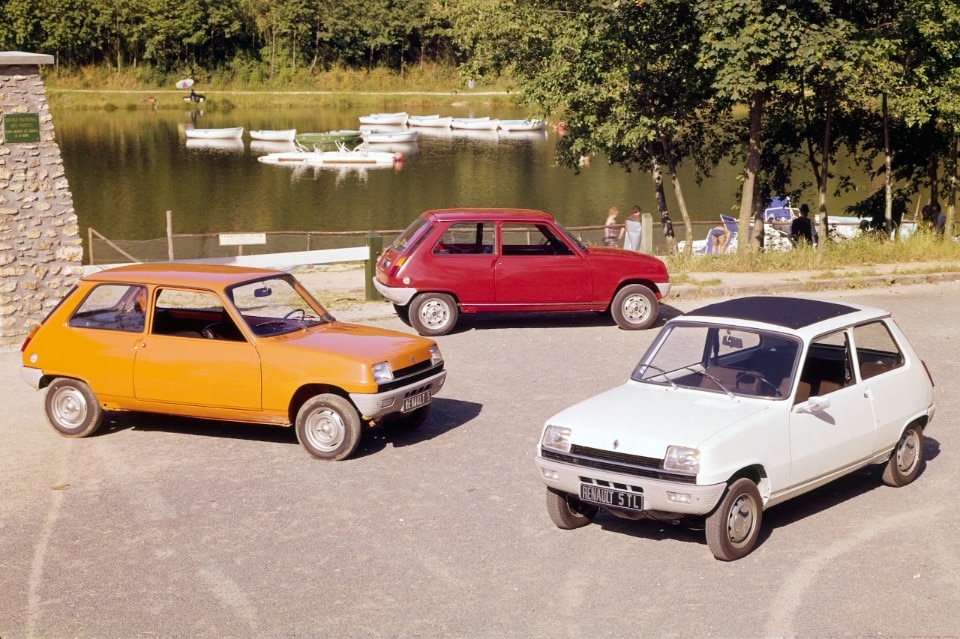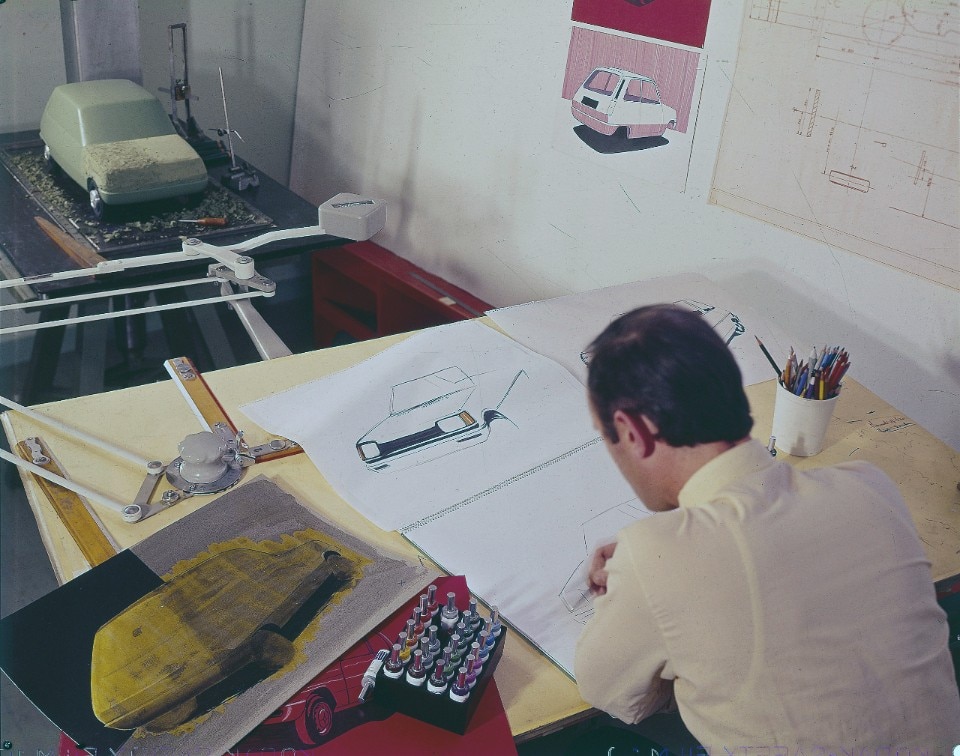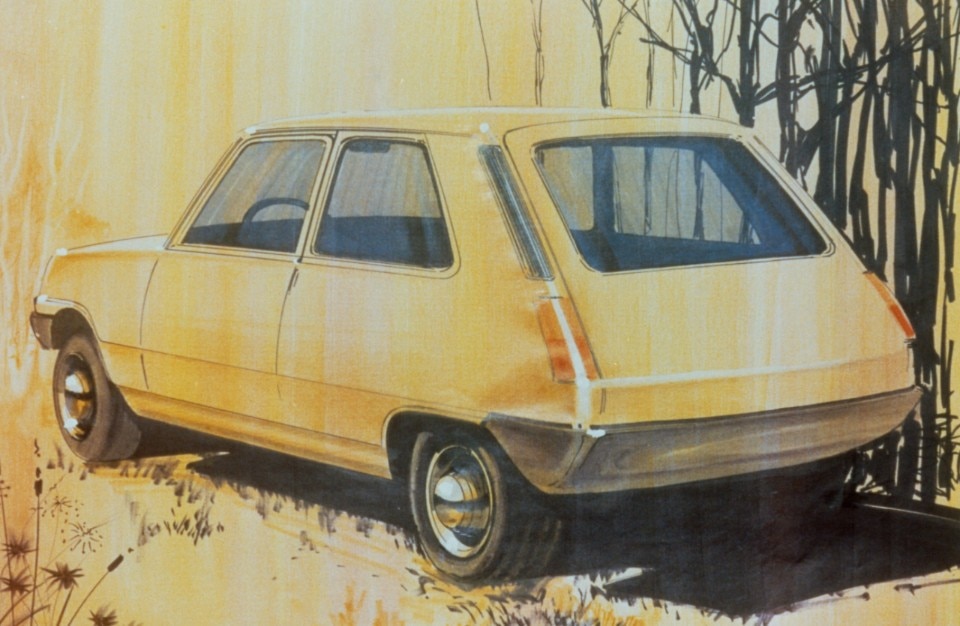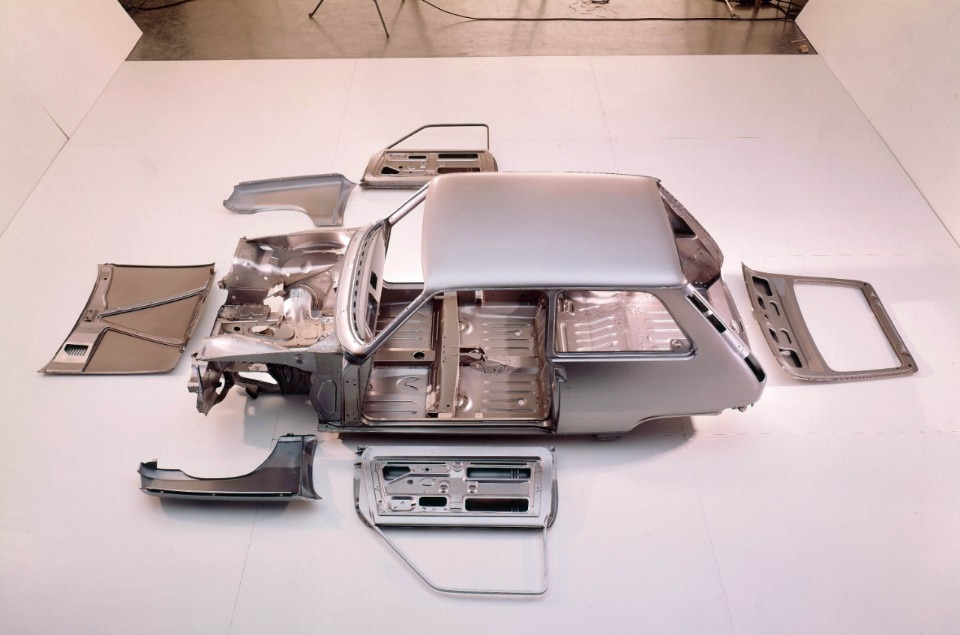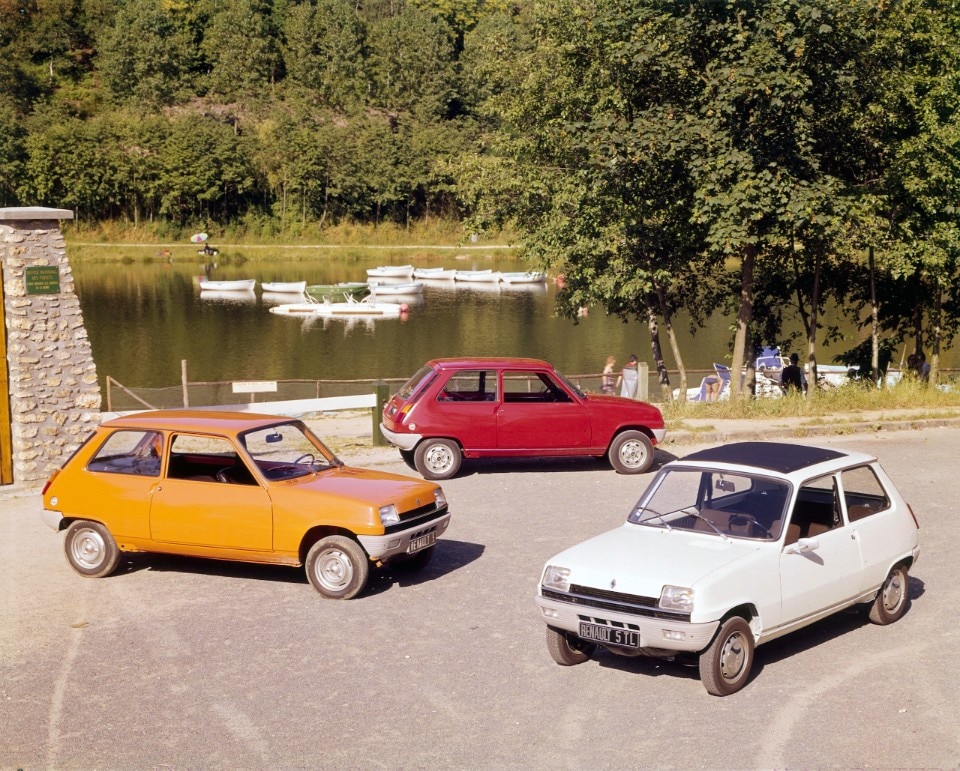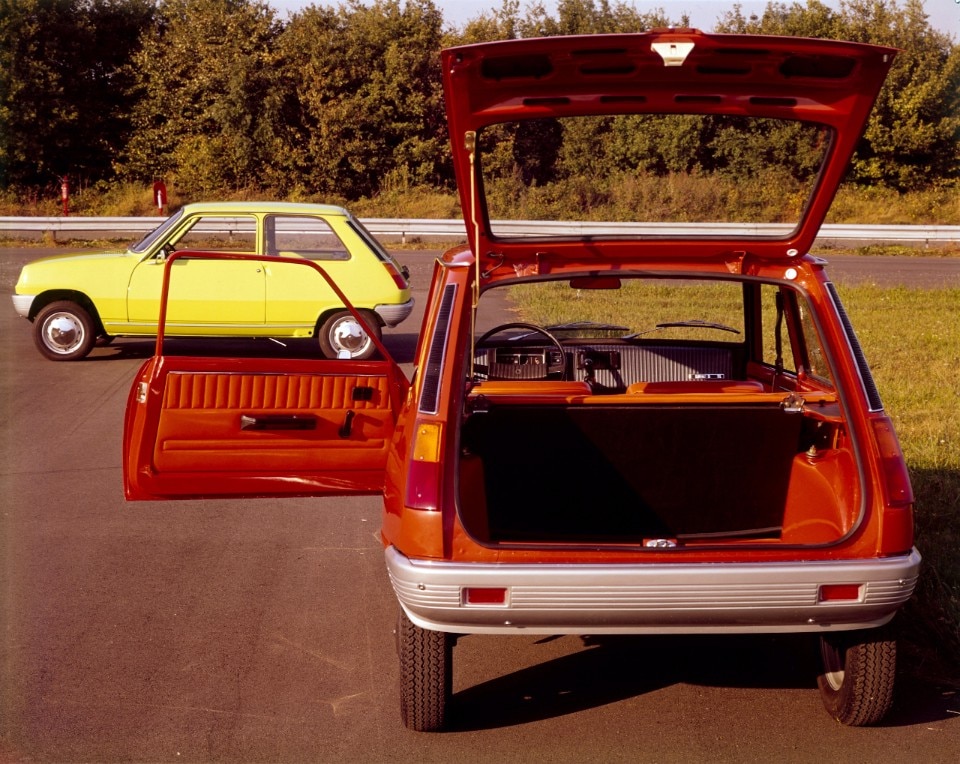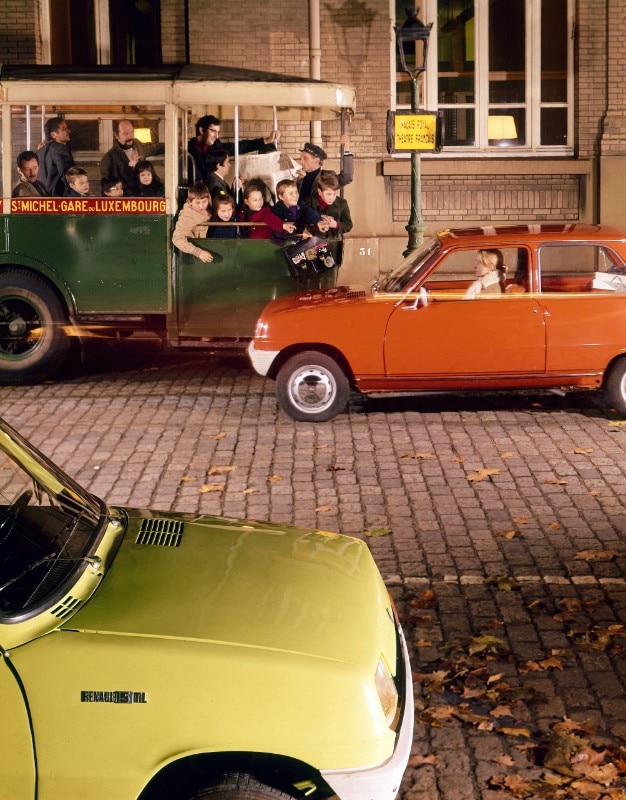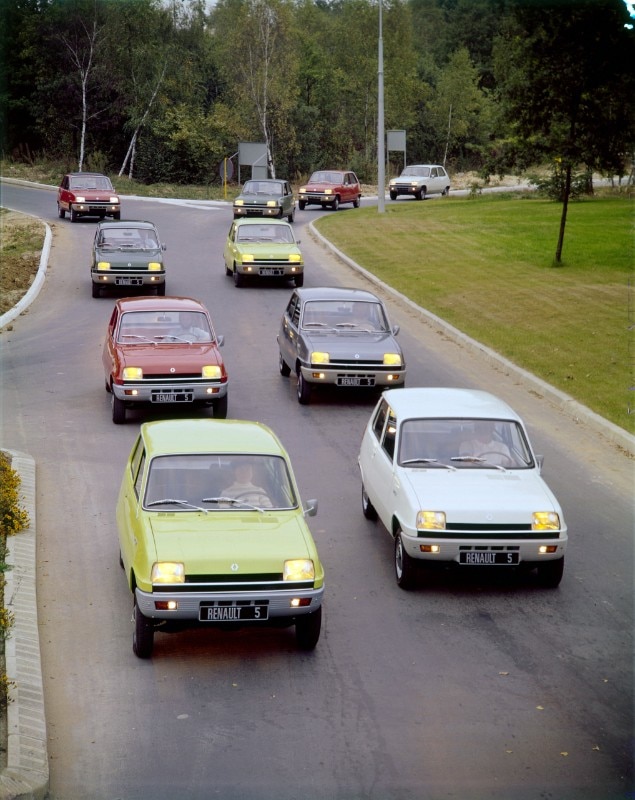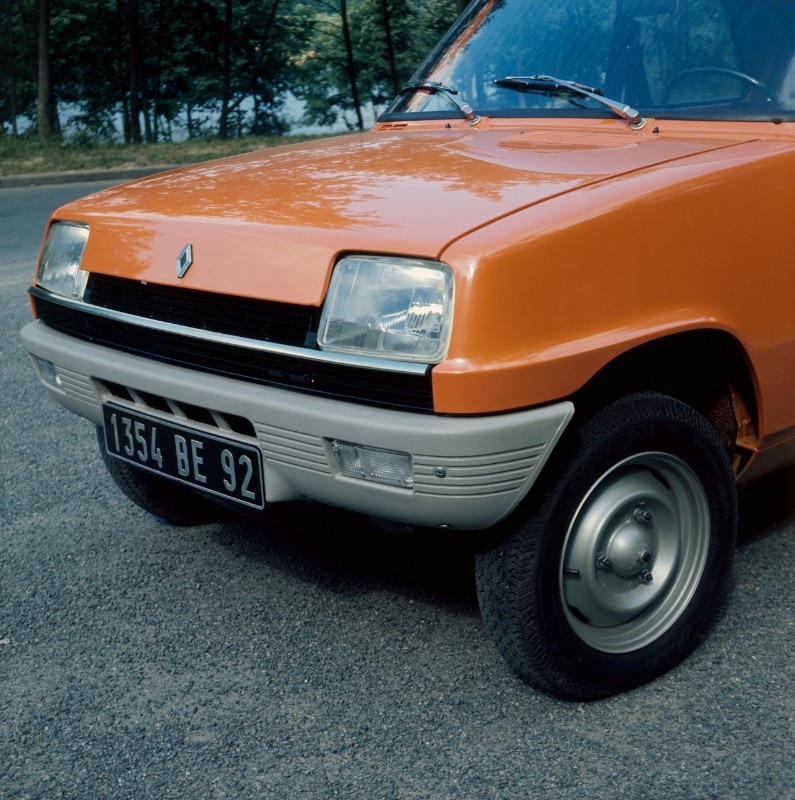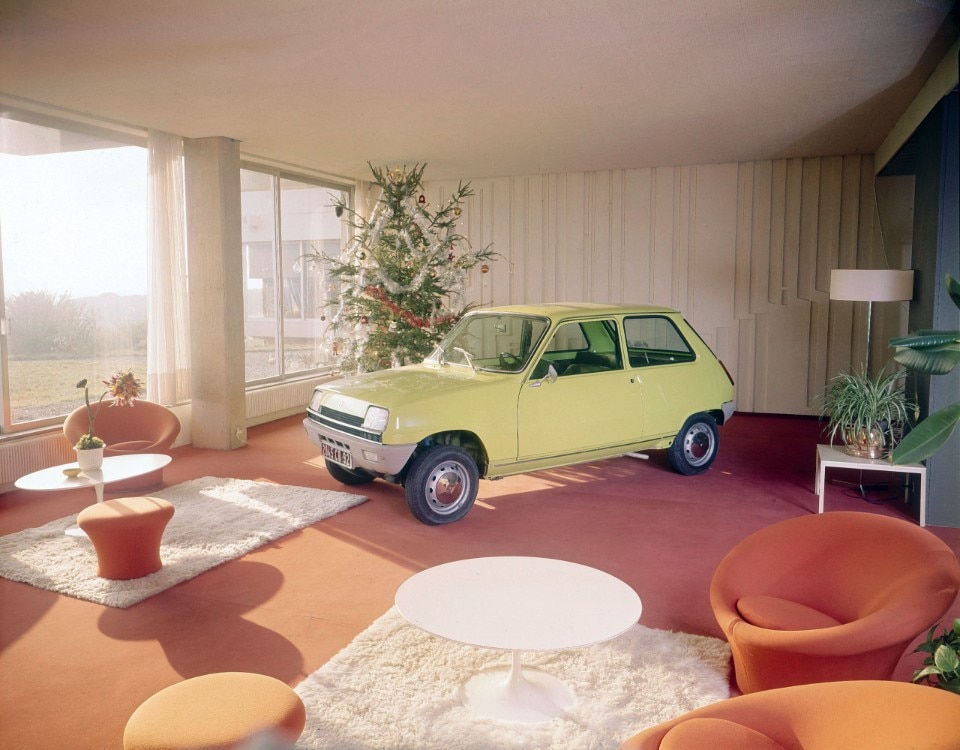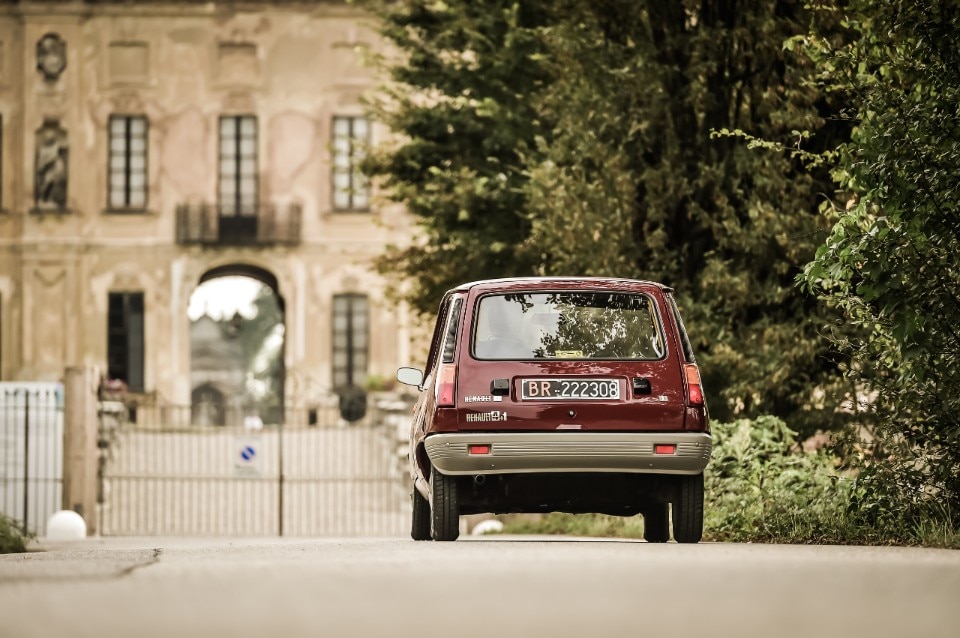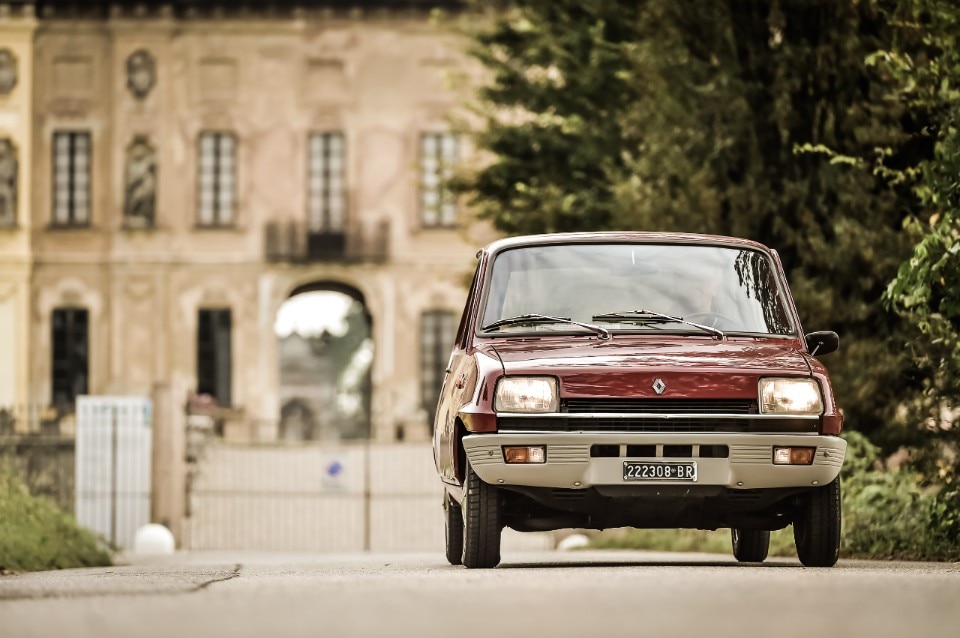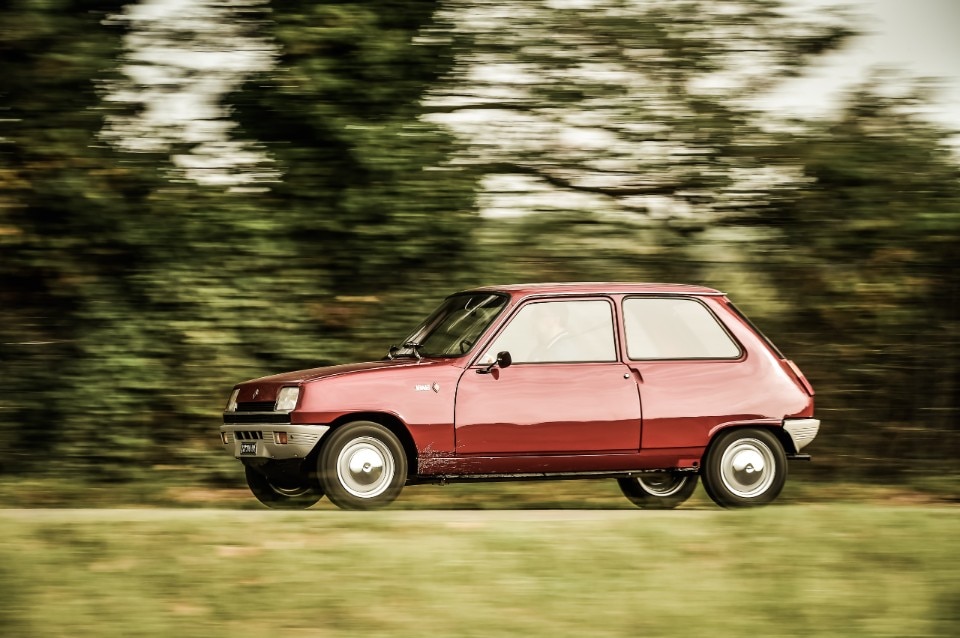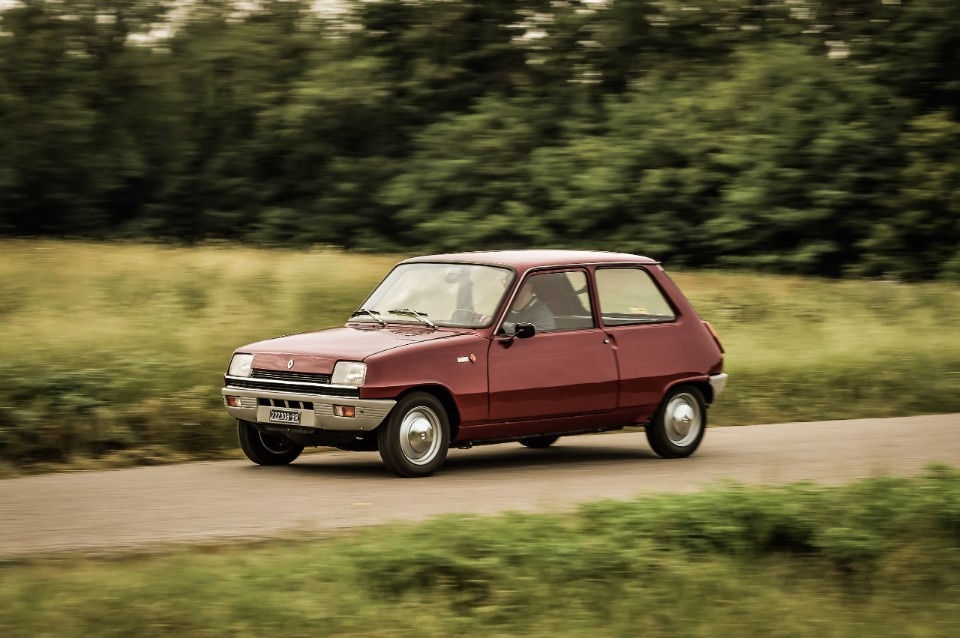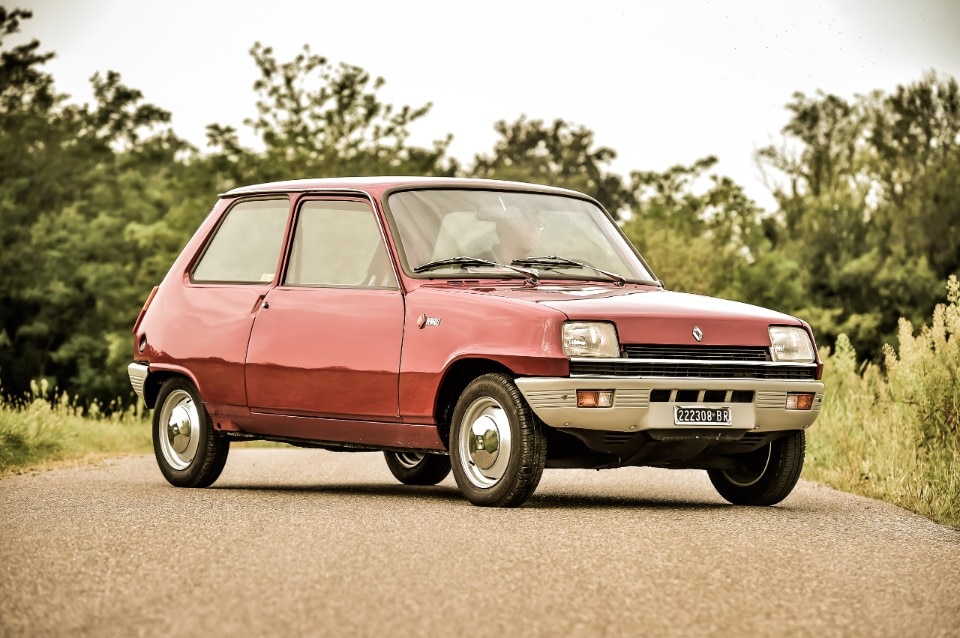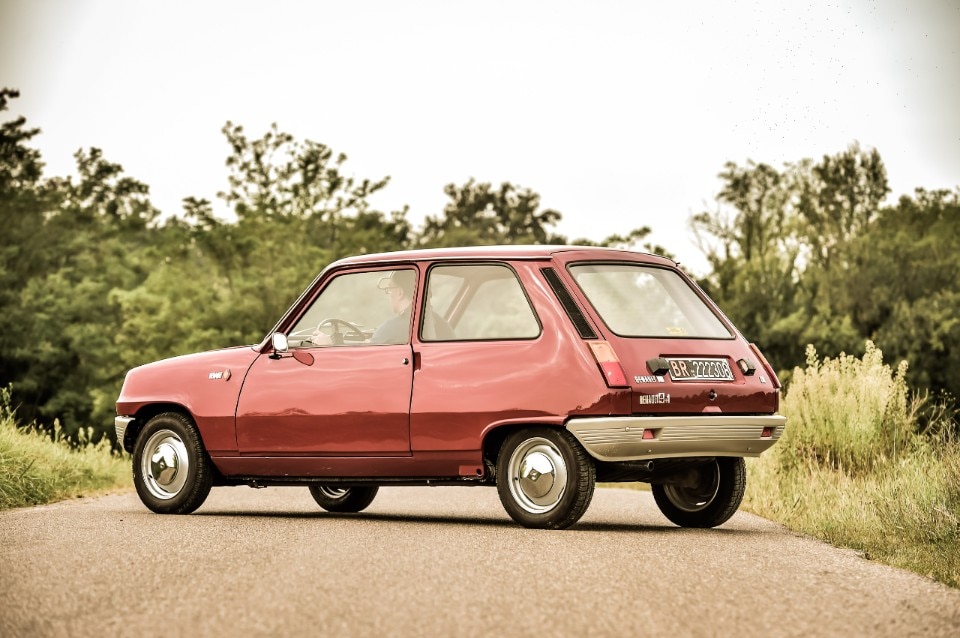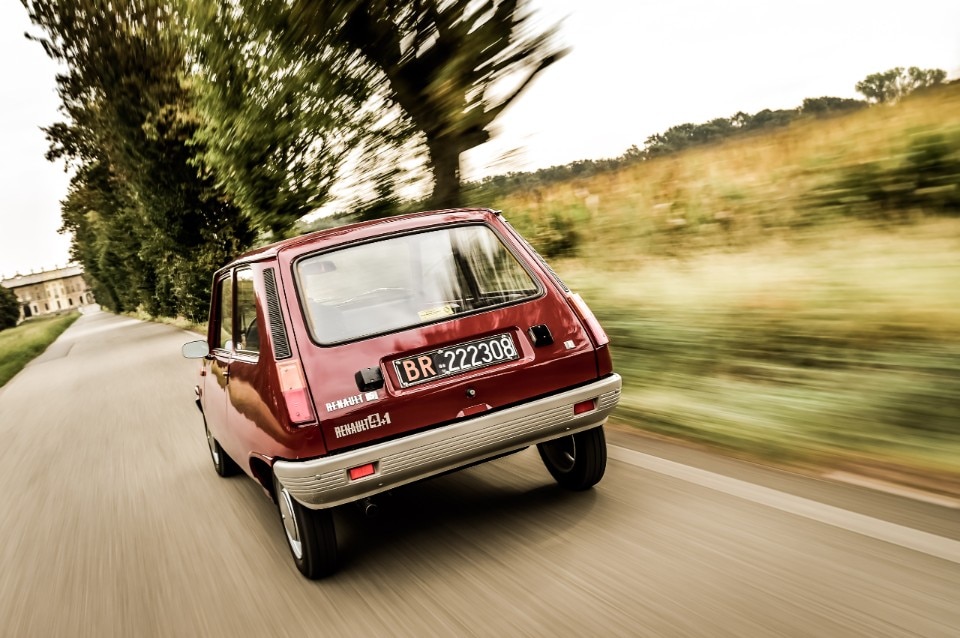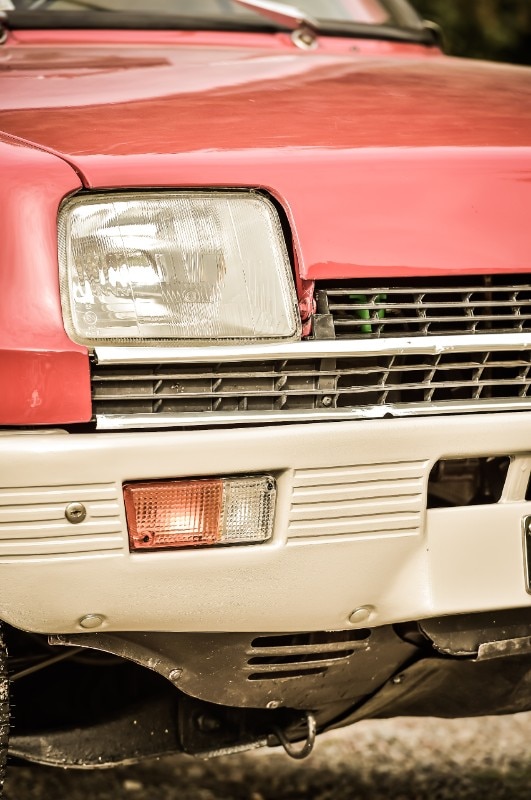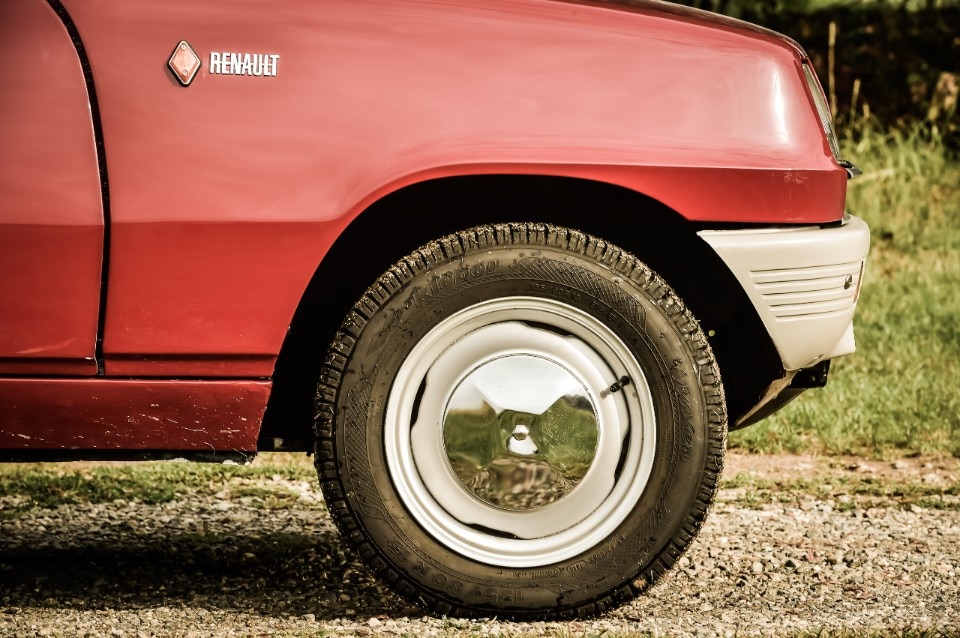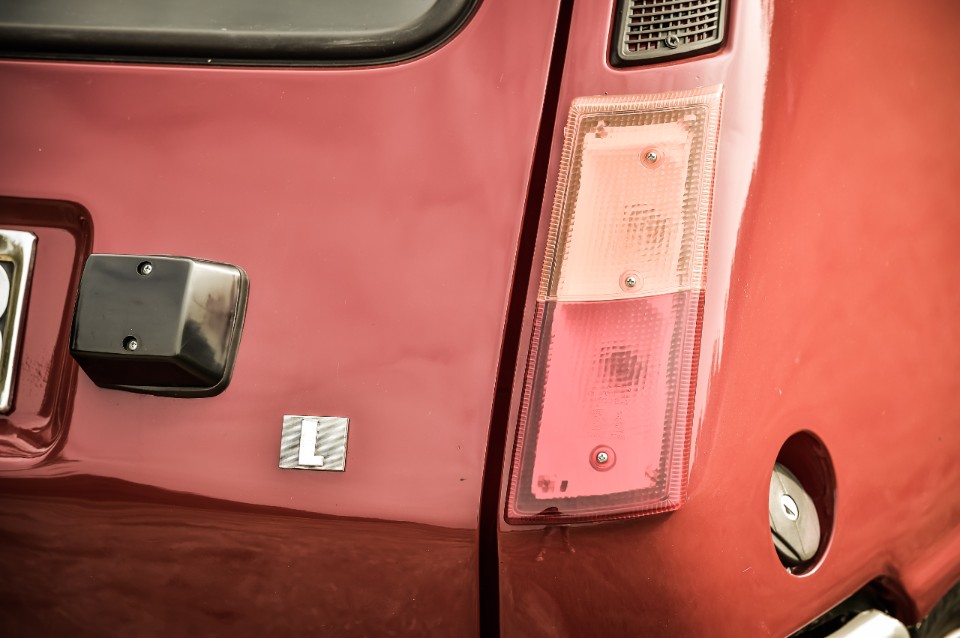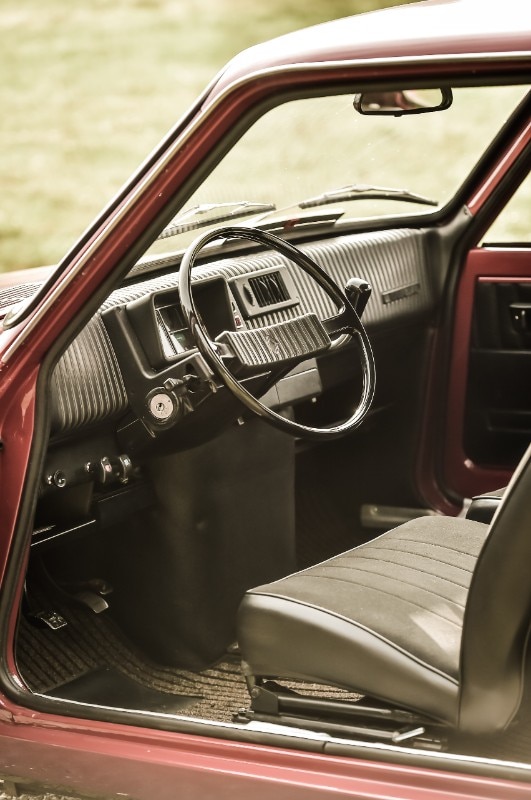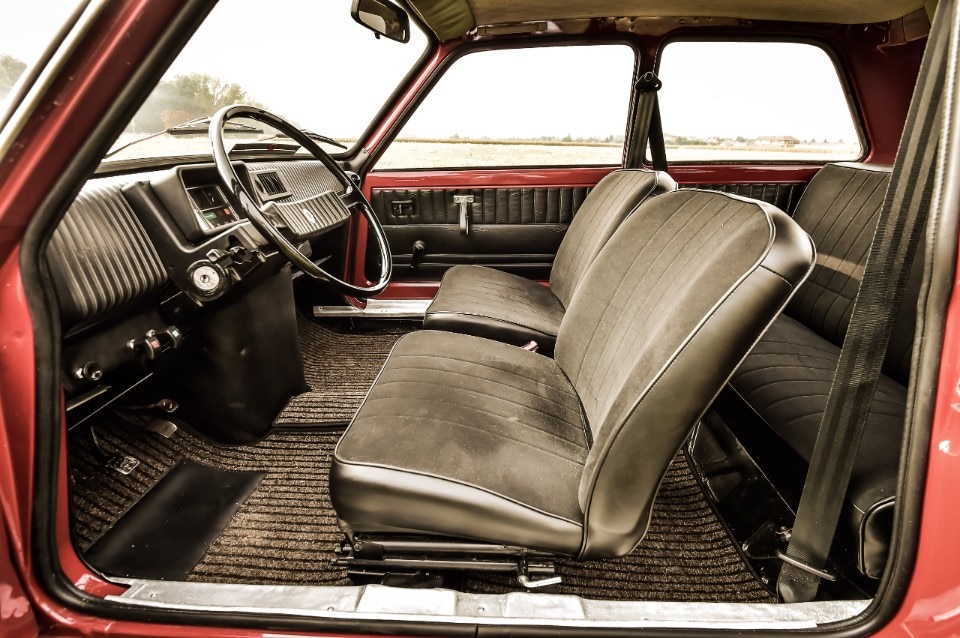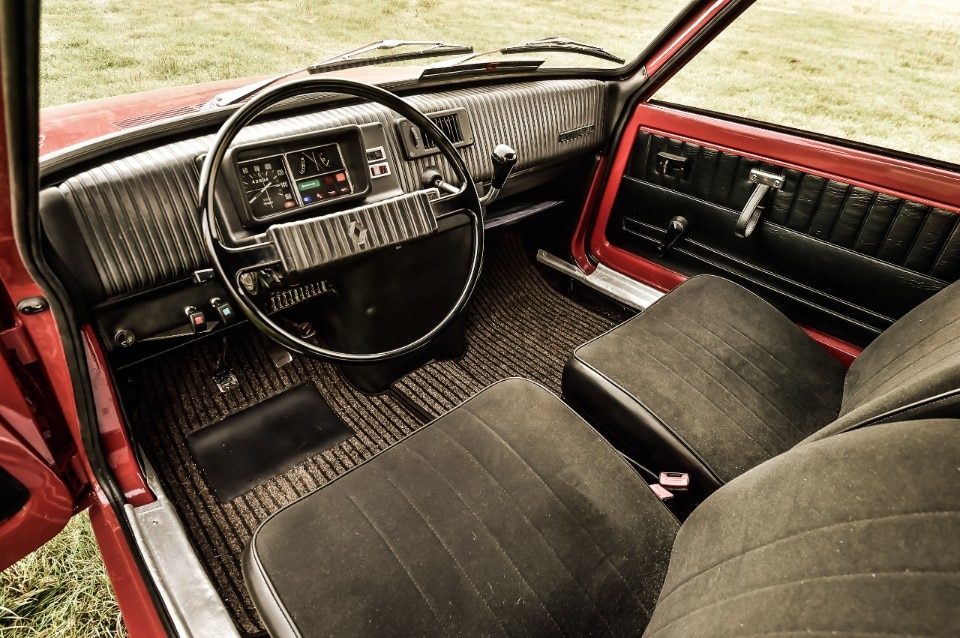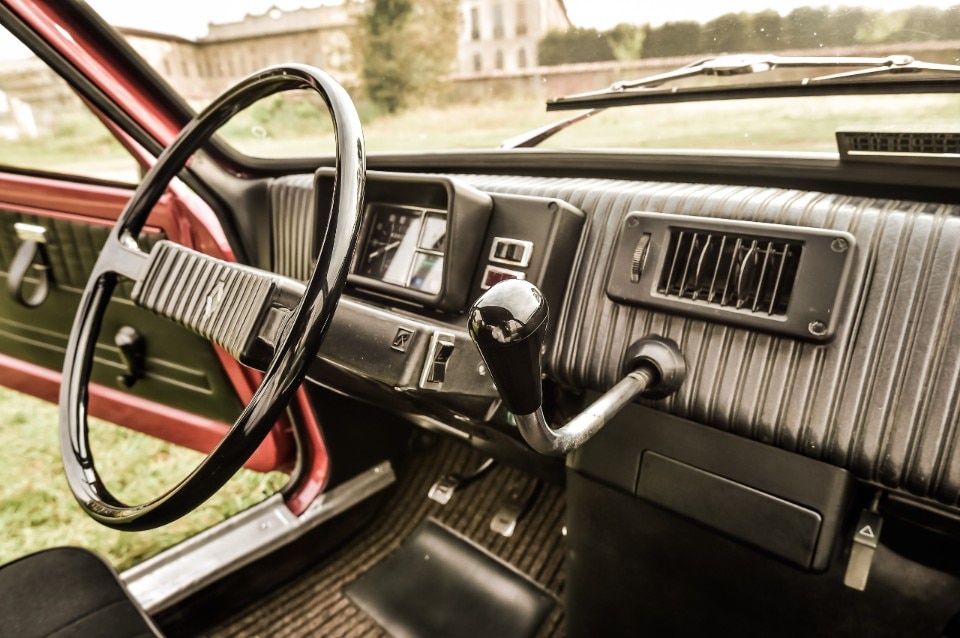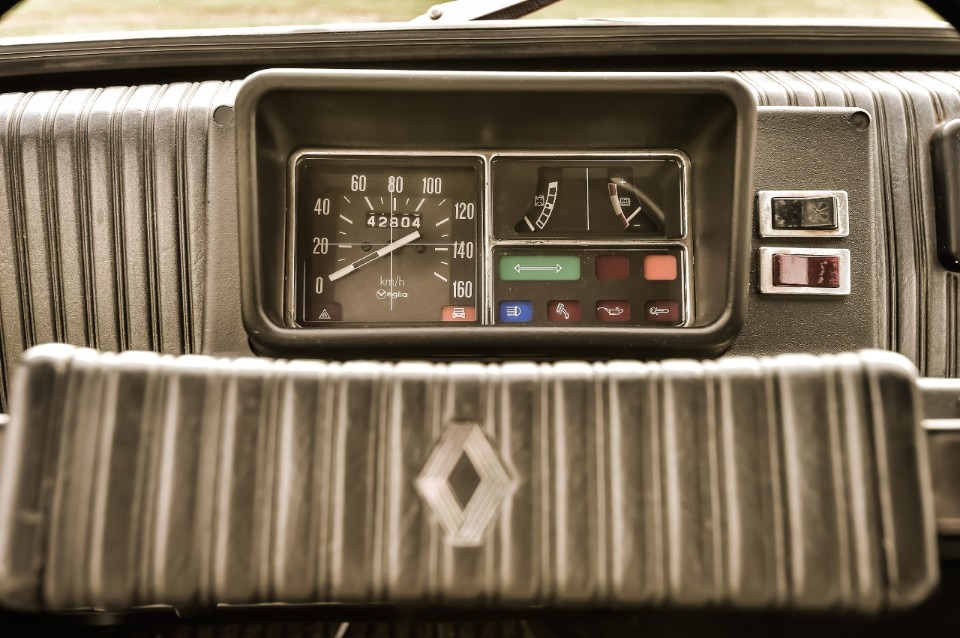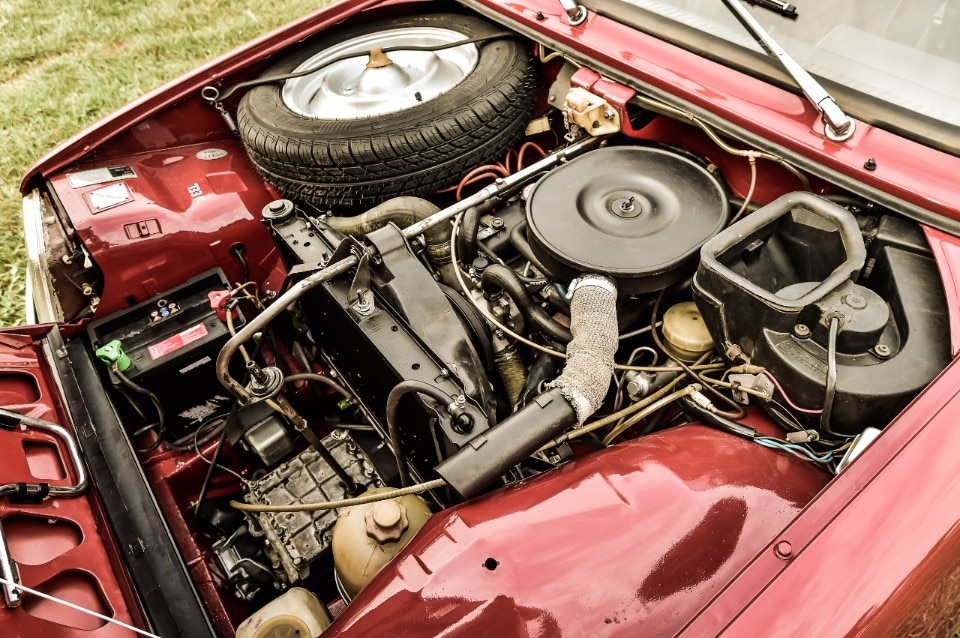The scientific approach to car design is a topic that the French took particularly to heart in the post-war period, so much so that they created some of the most relevant cars of the modern era. The result of an extreme intellectual rigour and no longer of an isolated functional and practical cluster, the cars created following this way of working stood out for their incisive character, for being always up-to-date and for outliving many of the trends that would come along. Cars for everyday living and cars for life at the same time. Like the Renault 5, which this year celebrates its fiftieth anniversary.
Towards the end of the 1960s, a new evolutionary chapter was taking place in the car design centers around Europe. While at Fiat’s Mirafiori headquarters they were defining the mechanics of the front-wheel-drive compact cars, in Boulogne-Billancourt, their French rivals at Renault were focusing more on the aesthetics.
The 1961 Renault 4 – designed to challenge the success of the Citroën 2CV – was a big hit at the Renault dealerships, but its modest performance and configuration were not ideal for long journeys. With the advent of the Renault 16, the first upper-middle-class sedan to feature a hatchback, the way was cleared for a solution aimed at a public whose tastes and needs were changing rapidly.
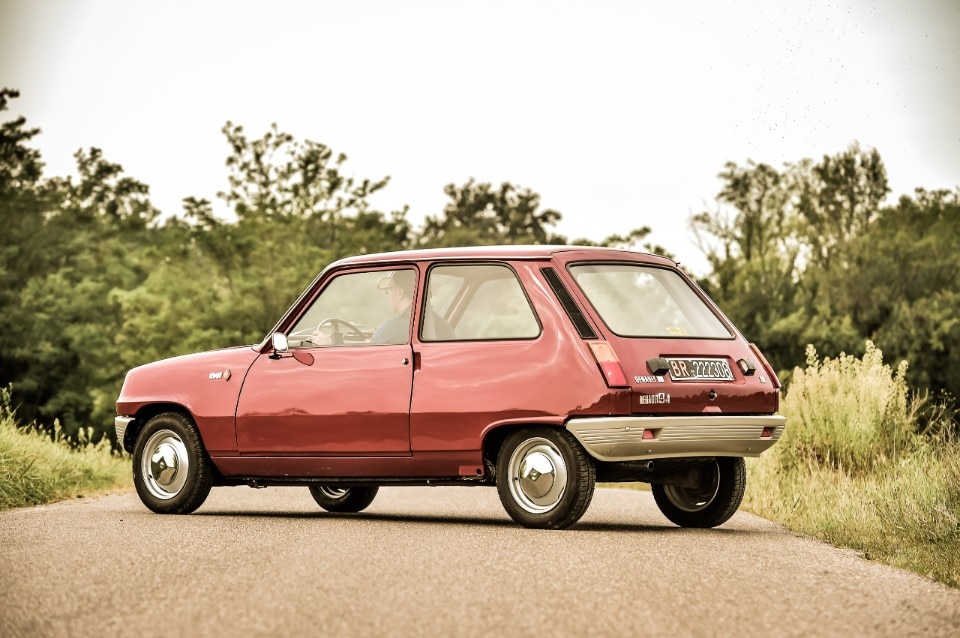
The outdated rear-engined economy car layout – a legacy of the Beetle, which had already celebrated its thirtieth birthday – left little space for luggage, which meant that it was only practical to drive short distances. What was needed, therefore, was a small but roomy, agile four-wheeler that was as versatile as it was affordable. Bernard Hanon, who was hired in 1967 and became Planning Director a few years later, understood this well. He sensed that in Europe, as in the United States, the market was ready for the “second car” – a small car for the burgeoning urban class, young people and women. This is how the project 122 was launched.
At the Billancourt headquarters, the design by 31-year-old Michel Boué stood out, and it was so good that the Renault management unanimously approved it without even looking at the other ideas. The new Renault was going to be positioned above the R4 in terms of price, finish and equipment, while distancing itself from the ultra-compact and snobbish Mini.
The Renault 5 was presented in January 1972 and made an outstanding impression thanks to its practicality and style.
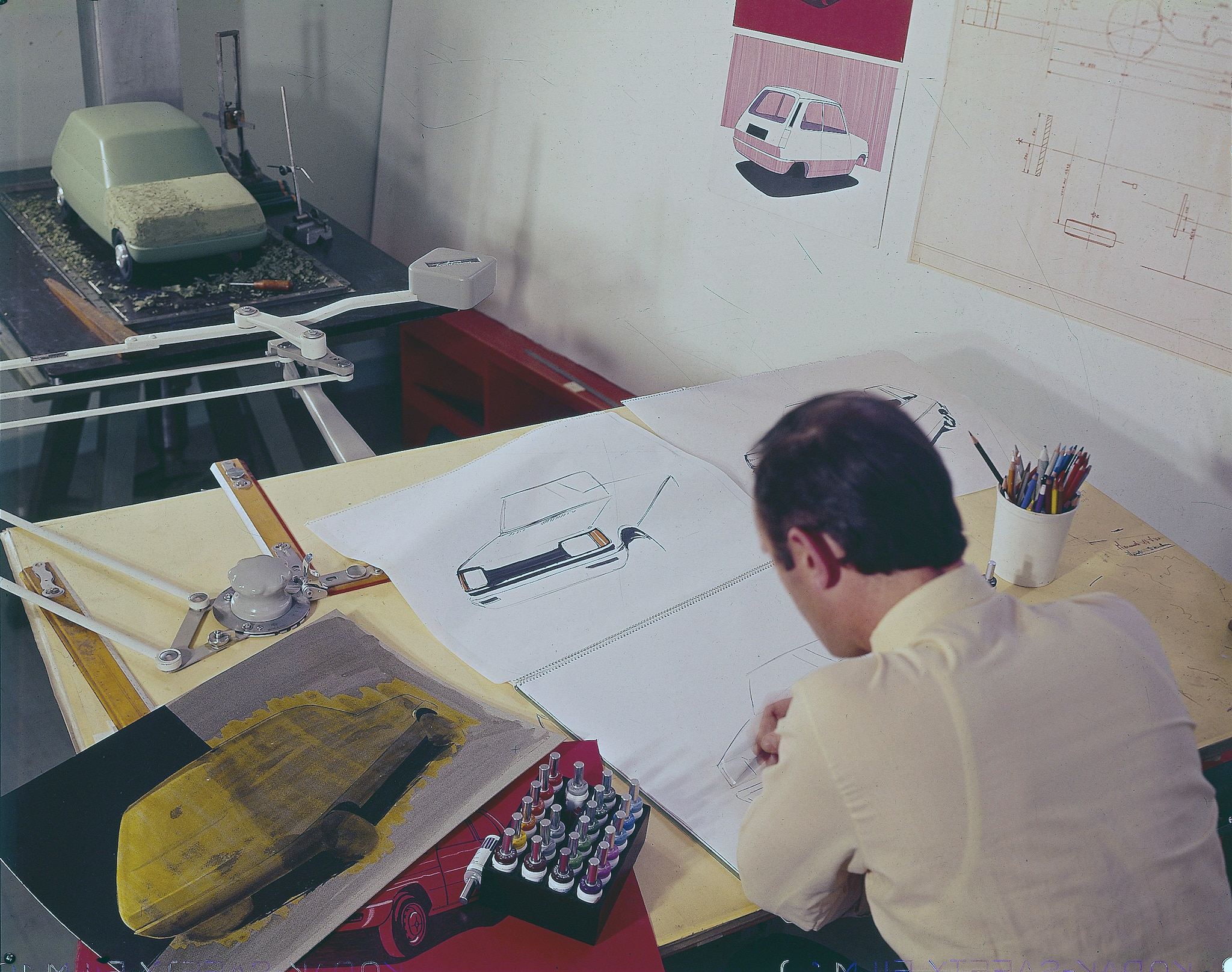
 View gallery
View gallery
The front end featured large rectangular headlights, between which was a slot that doubled as an air intake and a grille. Above it, there was the Renault badge, and underneath there was a large plastic bumper that also incorporated the turn signals. This was an absolute first: until then, in fact, the bumpers were almost all made of metal. When viewed from the side, one could easily appreciate the smooth edges of the hatchback - which on the one hand gave the car more punch and on the other made it roomier inside, thanks to the less invasive wheel arches. The doors had no handles, which were replaced by a button and a cut-out for the hand. This solution was chosen to streamline and “polish” the side. Another peculiarity was the design of the rear wheel arches, which were flattened to cover the wheels slightly and give them a livelier look. Also, the rear end, with its sloping rear pillars and trunk, added a pleasant touch of dynamism to the car. Vertical tail-lights and a rear bumper, also made entirely of dark plastic, completed the look.
The cabin, designed by Robert Broyer, featured modern elements for the time, such as a central console that also accommodated the air vents; the only vent designed for this purpose was located a little higher up in the centre of the dashboard. The rectangular dashboard contained square sections. Compared to the R5, the luggage compartment was more than decent: from the standard 200 litres, it could be increased to 900 litres by folding down the rear backrest. The vibrant range of body colours reflected the car’s jaunty character, and the seats were also available in unusual tones such as orange or apple green.
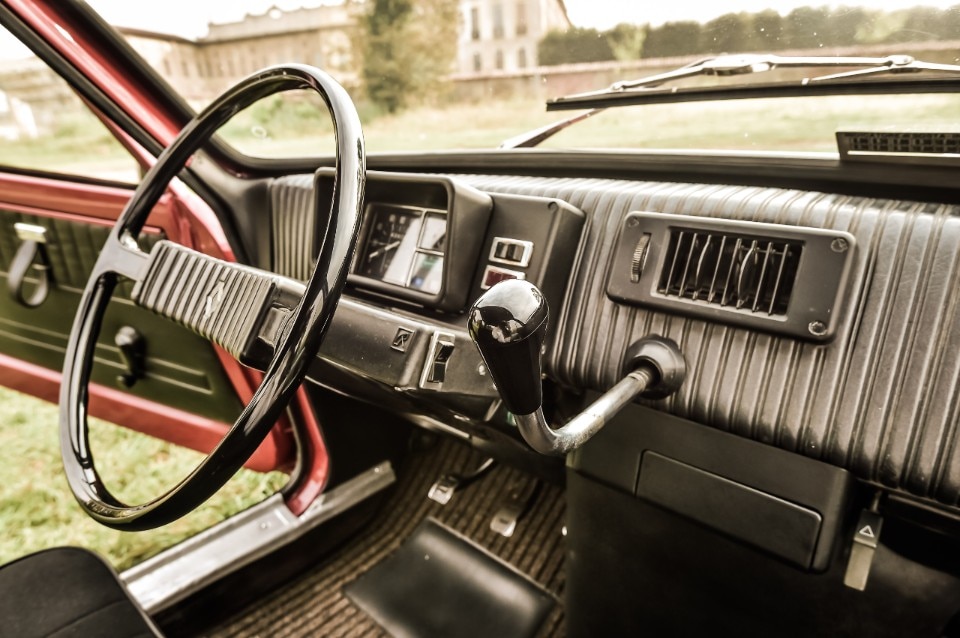
Happy 50th anniversary, Renault 5 – a compact car that today we would call radical, and which Hanon described in the 1970s as “a stroke of genius, a bolt from the blue”. More than five million units were sold between 1972 and 1984, the year it was retired. It was replaced by the Super 5, which, thanks to an aesthetic update faithful to the original by Marcello Gandini, became even more popular and iconic, thanks also to the victories pulled off by its rally racing versions. Finally, in 1992, the Clio would take the reins of this crucial segment for “the diamond brand”, but that’s another story. Feeling nostalgic for the innate style of the legendary R5, anyone? Its electric successor is already here.


